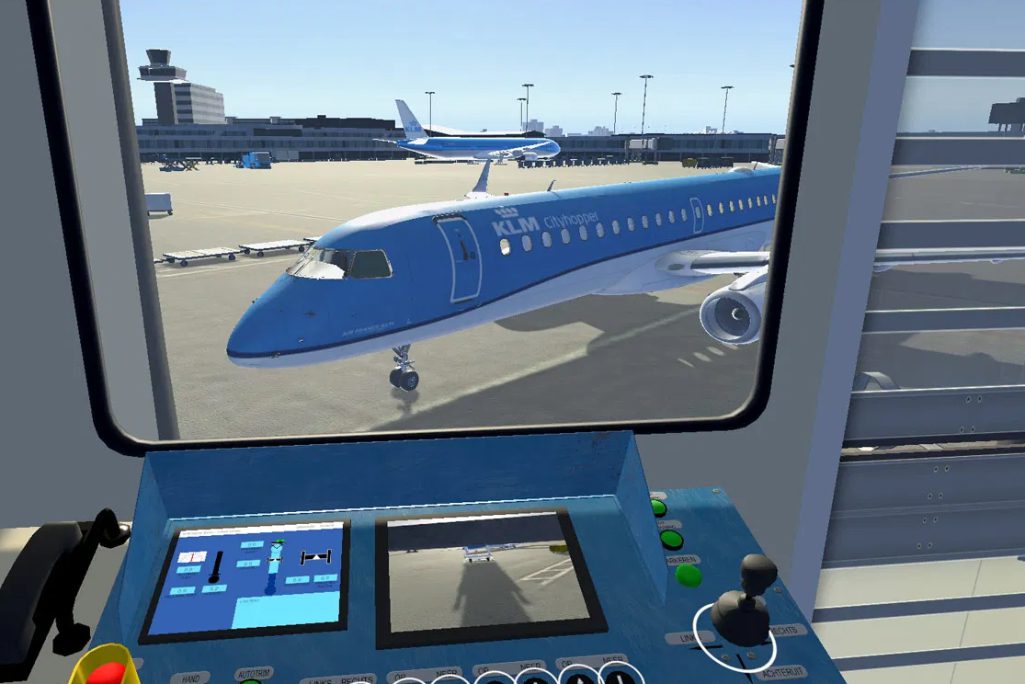KLM Is Ramping Up Virtual Reality to Train Workers Since Pandemic's Start

Skift Take
The pandemic has sped up airline testing of virtual reality, augmented reality, and other technologies to train workforces more cost-effectively. Expect a few travel companies to join KLM in having "extended reality" IT teams by 2025.
Like many airlines, KLM had to cut spending because of the pandemic's effect on travel. But the Dutch carrier has stood apart by preserving much of its spending on virtual reality (VR) and other emerging technologies that executives believe will help the business work smarter.
"Virtual reality has already permanently changed the way we train workers," said Werner Soeteman, manager of the VR Centre Of Excellence at KLM IT. "In every environment that's difficult to simulate or with every material that is expensive or risky to use, we expect to experiment with using VR instead."
In November, KLM began pilot training using virtual reality applications built in-house for pilots flying new Embraer 175 and 190 aircraft for its KLM Cityhopper subsidiary.
KLM Cityhopper used to do cockpit training with a paperboard mock-up, but it has now replaced that with virtual reality, which strives to improve pilot results by enabling more frequent practice. The airline developed the application between April and October of last year in response to the pandemic crunch

